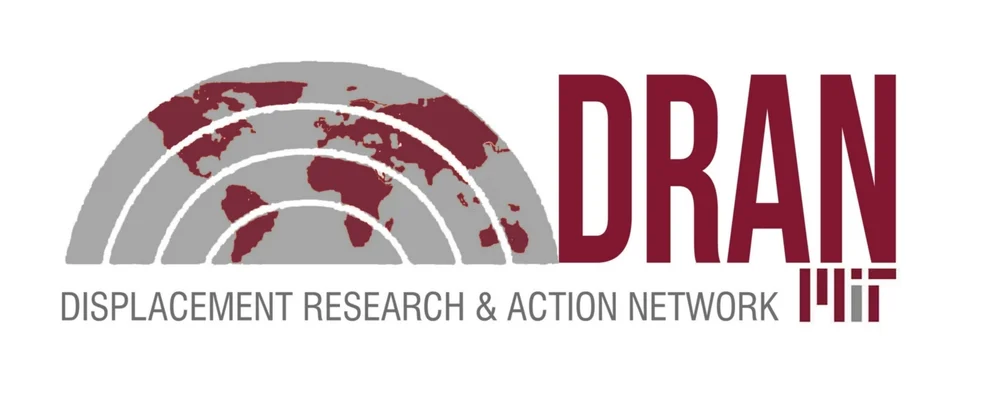New Mexico Court Ruling Shows Potential to Transform Judicial Response to Displacement
May 8th, 2015
Claire Evans
In late 2014, the Mexican Supreme Court released the new Judicial Implementation Protocol for Cases Related to Development and Infrastructure Projects (Protocolo de Actuación para Quienes Imparten Justicia en Casos Relacionados Con Proyectos de Desarrollo y Infraestructura), which, if implemented in practice, has the potential to transform the judicial response to displacement by expanding the scope of cases it considers and integrating a human rights approach with Mexican jurisprudence.
Intended to serve as a reference for judges as they hear and evaluate cases where large infrastructure, mining, and development projects may have caused human rights violations. The Protocol, was commissioned by the Supreme Court of Mexico and authored by Maria Silvia Immanueli[1] & Rodrigo Gutiérrez Rivas,[2] after several UN Special Rapporteurs highlighted human rights abuses associated with large infrastructure, development, and mining projects, both in Mexico and internationally. A 2002visit to Mexico by then UN Special Rapporteur on the Right to Adequate Housing, Miloon Kothari, revealed the “devastating effects of extractive industries on villages and their environments.” Kothari’s report called for a new approach to mining that would be more compatible with the rights of indigenous peoples.
The Protocol contains three major sections: an outline of Mexico’s judicial principles as they apply to infrastructure, mining, and development projects; potential human rights violations of such projects; and best practices from domestic and international court cases that apply a human rights approach to such cases.
The report captures all infrastructure, mining, and large-scale development projects in Mexico including roads, oil & mineral extraction, dams, large real estate projects, tourist developments, and power plants, and more. This wide focus means that the Protocol could have a significant impact on the way such cases are heard and interpreted in Mexico – and could be interpreted to include any and all urban or rural construction projects.
Beyond its inclusion of a range of infrastructure, mining, and development projects, the Protocol is also innovative in its human rights focus. Reminding readers of the centrality of human rights in both Mexican constitutional law and international accords, the Protocol underscores the need to interpret cases within a human rights approach. The potential human rights violations outlined in this section include the right to participation, right to health, right to adequate housing, cultural rights, and environmental rights, among others. By spelling out possible violations, the Protocol prompts judges to view these cases in a holistic manner.
References to Mexican judicial principles are woven in with reliance on international human rights standards such as the UN Basic Principles and Guidelines on Development based Displacement and Evictions. While the principles from the Mexican judicial practice serve as a basis for Mexican jurisprudence, they are outlined here to serve as a reminder of their significance in administering a human rights approach to such cases. These principles include: no discrimination, contaminators pay for damages, integrated reparations, the precautionary principle, and others.
In addition, the Protocol explores a number of domestic and international cases. These case studies provide judges with examples of how such a human rights approach fused with Mexican judicial principles can be applied in the court of law. Such reference points are important to establish precedence and best practices within the legal community.
Finally, the document includes guidelines for how to implement and interpret the Protocol. In commissioning the report, the Mexican Supreme Court hoped to create a guide to help judges navigate the deep complexities of displacement cases. In integrating Mexican jurisprudence practices with a human rights framework, the Protocol may prove transformative in its stated attempts to “realign dignity and social value with legal institutions to strengthen democratic governance” (220). Legal implementation, however, becomes the next challenge.
[1] Coordinator, Habitat International Coalition Latin America
[2] Professor, Institute of Legal Research, National Autonomous University of Mexico UNAM
Claire Evans is a Master in City Planning Candidate at MIT in the International Development Group (IDG) and a research assistant with the Displacement Research & Action Network. Upon graduating, Claire will be working in affordable housing development in the San Francisco Bay Area.
